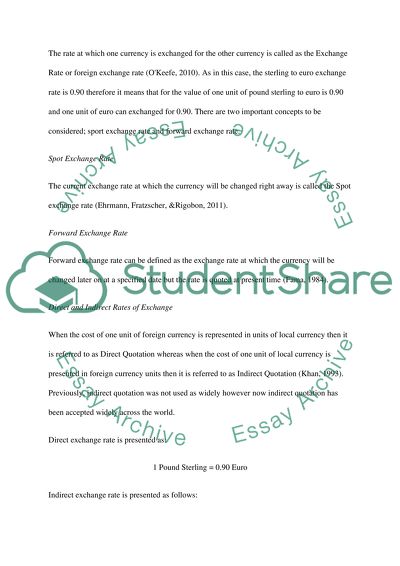Cite this document
(“Exposure to Currency Risk: Definition and Measurement Coursework”, n.d.)
Retrieved de https://studentshare.org/finance-accounting/1392461-strategic-finance
Retrieved de https://studentshare.org/finance-accounting/1392461-strategic-finance
(Exposure to Currency Risk: Definition and Measurement Coursework)
https://studentshare.org/finance-accounting/1392461-strategic-finance.
https://studentshare.org/finance-accounting/1392461-strategic-finance.
“Exposure to Currency Risk: Definition and Measurement Coursework”, n.d. https://studentshare.org/finance-accounting/1392461-strategic-finance.


